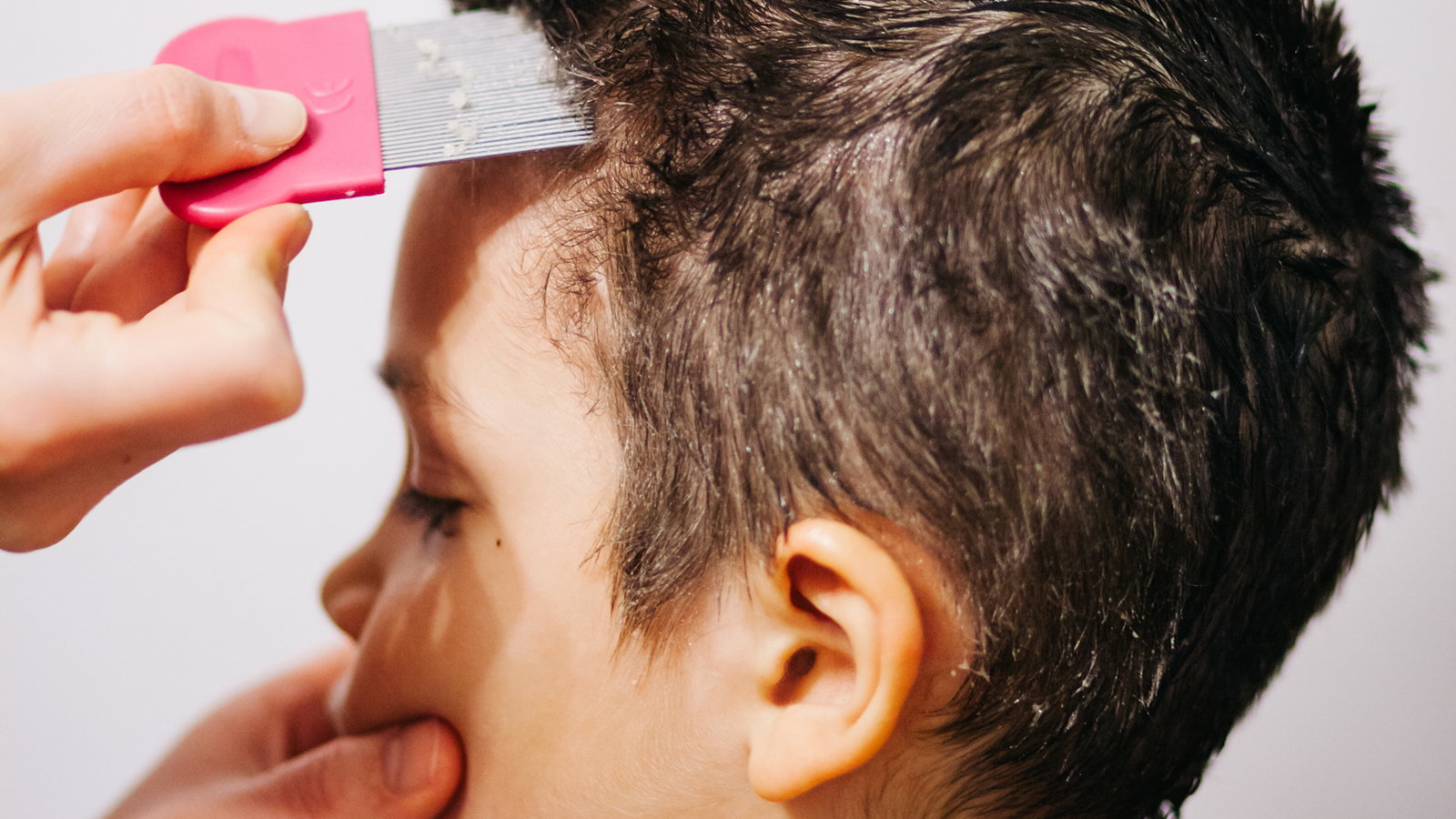
At some point in his or her school career, your child will come home with the dreaded "lice exposure" letter. Lice have nothing to do with hygiene or cleanliness; anyone can get them. And, although lice are not dangerous and do not carry disease, they are definitely annoying. They can cause itching and inflammation as well as a secondary infection. They are also very contagious, so if one person in the home has lice, it won't be long before everyone does. The family cat and dog, however, don't get head lice.
With that said, here are some things to know about effectively ridding your children and your home of lice:
Lice Transmission
Lice are spread through close contact and can survive off the human head for three days. The most common methods of transmission are:
Head-to-head contact
Sharing brushes, combs, headbands, etc.
Sharing hats or helmets
Sharing pillows, beanbags, or towels
Lice Avoidance
There are some key things to teach your kids to help keep them lice-free:
Do not share brushes, combs, hats, helmets, or any kind of headband, clip, or tie
Avoid head-to-head contact with others
Avoid cloth items that others have been laying on or leaning their head against
Lice Precautions at School
If your school does have a lice problem, there are other things you can do:
Keep long hair braided
Inspect your exposed child every day for nits (eggs) and live lice, whether they are scratching or not
Find out if classroom pillows, dress up clothes, and rugs are being treated
How to Treat Lice
If you find live lice or nits in your child's hair, you will need to treat your child. There are several different lice shampoos available, both over-the-counter and prescription. Medicated lice shampoos should not be used on children under age two, and require special precautions.
Follow the directions exactly; there are toxic insecticides in these medicated shampoos
Unlike regular shampoos, medicated lice shampoo has to be left on the head for a few minutes before rinsing (again, follow directions for an exact number of minutes to leave on)
After shampoo treatment, comb out the hair with a special lice comb (the plastic ones that come with the shampoo are not effective), and repeat every 2-4 days
Repeat shampoo treatment in 7-10 days, and continue combing until two weeks after last treatment
Talk to your doctor if the treatment does not work or your child has a secondary infection
Wash the infected child's bedding in hot water daily; wash any clothing, hats, stuffed animals, hair ties, combs, and brushes in hot water if possible. Any items that cannot be washed in hot water should be dry-cleaned or put into an airtight plastic bag for two weeks
Vacuum couches, pillows, car seats, and carpets

Alternative Treatments for Lice
Many parents want to avoid the insecticides in lice shampoos. What else can you do to treat lice effectively?
Comb with metal lice combs: Combing is a completely safe, effective, and traditional method of removing lice; it is also time-consuming and must be done thoroughly. This is also the best treatment for children under age two. Wet combing is the most effective method, and a good quality metal lice comb must be used to find all nits. There are also businesses that provide lice-combing services, so you might contact one in your local area to check out their prices for these services.
Overnight treatments: While this may be a popular alternative treatment, it should be noted that lice are not suffocated by overnight applications of oil, mayonnaise, or petroleum jelly.
Tea tree oil: There are lice shampoos that use tea tree oil as an active ingredient. Their effectiveness is not fully known, so hair that has been treated with tea tree oil products should be diligently combed for nits as well. And, some people develop an allergic reaction to tea tree oil (which is quite strong), so use this oil and tea tree oil products with caution.

